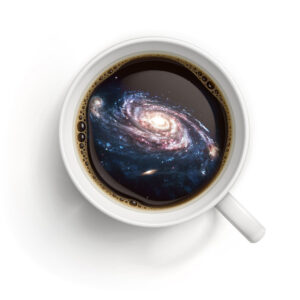

- This event has passed.
Cafe-Club, Andrea SACCARDI, Susanna VERGANI (Observatoire de Paris, Université PSL): “Dissecting the interstellar medium of an extremely distant galaxy with GRB spectroscopy”
14 June 2023 à 14h00 - 15h00

Andrea SACCARDI and Susanna VERGANI (Observatoire de Paris, Université PSL), who will talk about “Dissecting the interstellar medium of an extremely distant galaxy with GRB spectroscopy“.
The cafe-club will take place at 2:00 pm on usual AMU virtual room (link below). The broadcast in the Library at LAM will be confirmed on Wednesday reminder.
https://univ-amu-fr.zoom.us/j/96876832544?pwd=NnBaZEdXd3dFUFBRSkRFY05WS1d4dz09
(Meeting ID : 968 7683 2544 — Passcode : 173347)
You can find the schedule of upcoming café-clubs and the video of old ones at http://wiki.lam.fr/geco/CafeClub .
Take care,
Carlo, Meriam, Mathilde
—————-
ABSTRACT
Gamma-ray bursts (GRBs) are an amazing class of transient phenomena in the Universe. GRBs are detected from space by satellites thanks to the flash of gamma-ray photons released within an ultra-relativistic jet. The gamma-ray prompt emission is followed by an afterglow, detectable at all wavelengths. Long GRBs, the class of GRBs produced by a new-born accreting black hole formed after the collapse of a massive star, are unique tools to probe distant galaxies. Their bright afterglows can be used as powerful background sources capable of unveiling the gas along their line-of-sight that absorbs their light. This includes also the gas of the host galaxy of the GRB. Afterglow spectroscopy allows detailed studies of the properties of the interstellar medium of star-forming galaxies up to the highest redshift, independently of the galaxy luminosity.
In this seminar, I will show the results obtained with the X-shooter spectrograph, installed at the VLT, to dissect the host galaxy of GRB210905A at z=6.3. Metallicity, kinematics, chemical abundance pattern, dust depletion, and dust-to-metal mass ratio could be determined. Such studies provide unique information to understand the first galaxies and their chemical enrichment and could be performed more often at higher redshift with future facilities.



